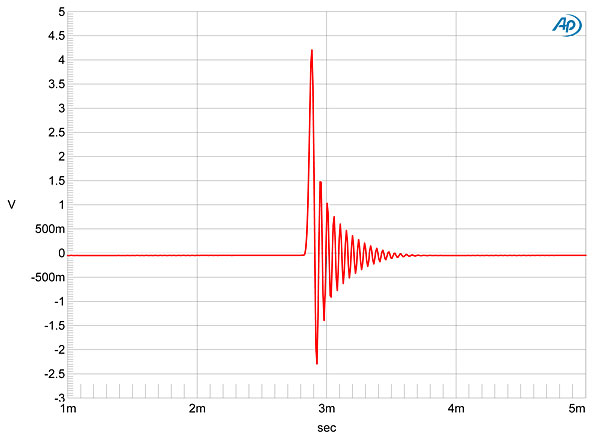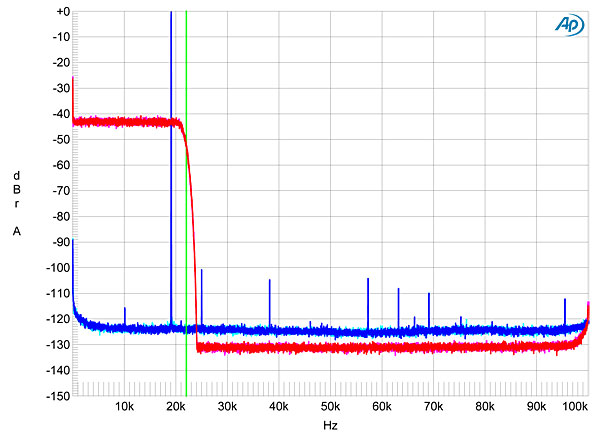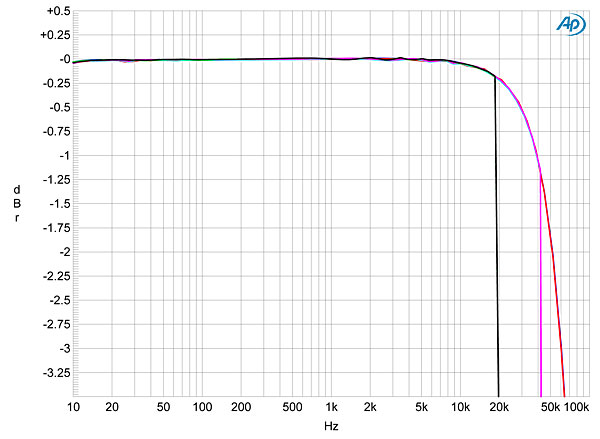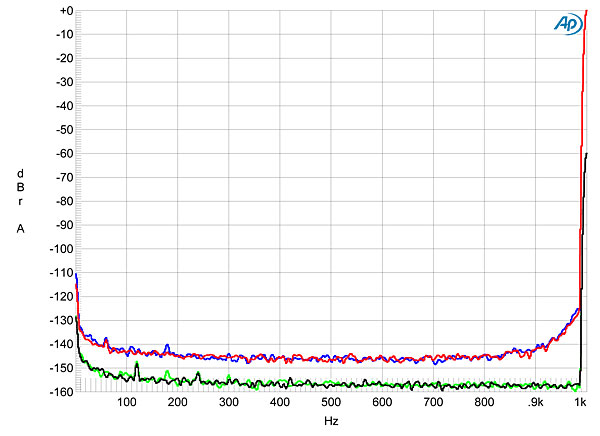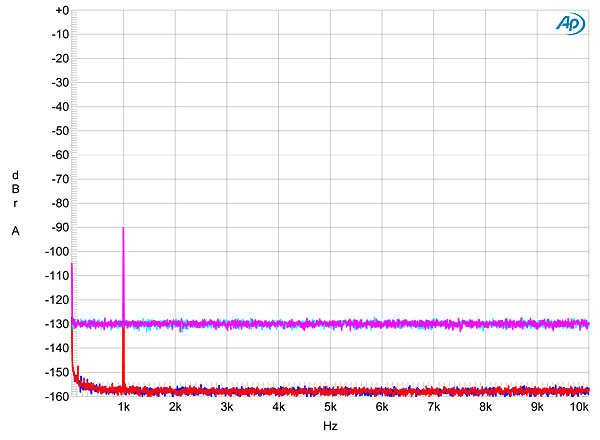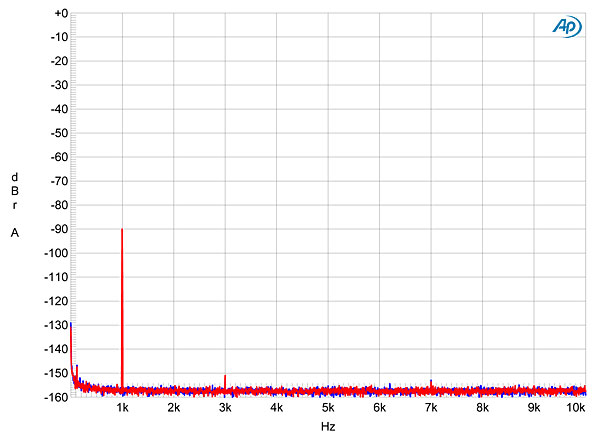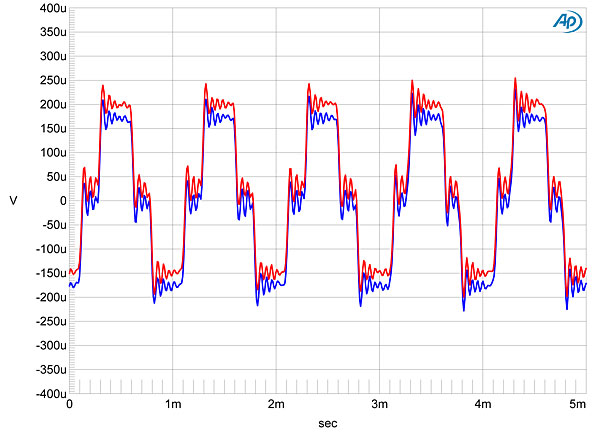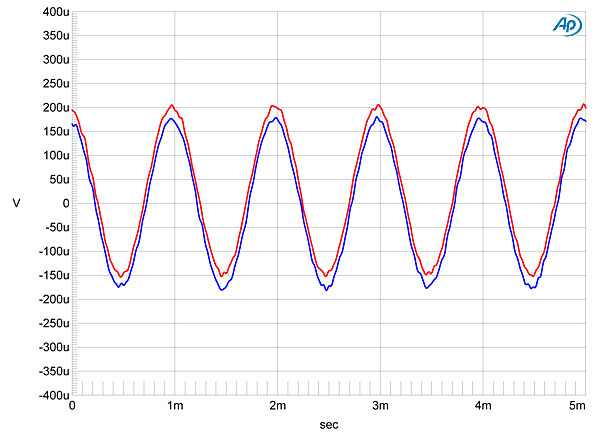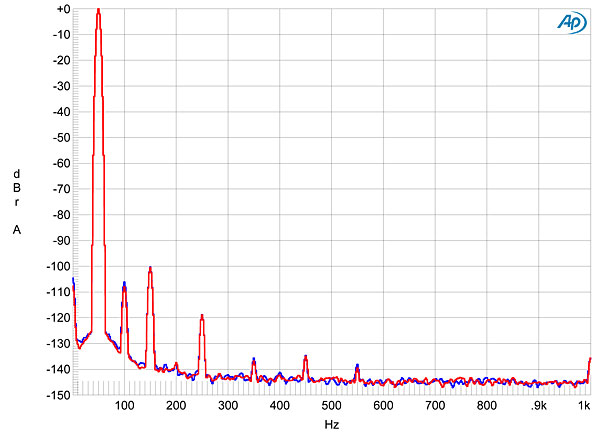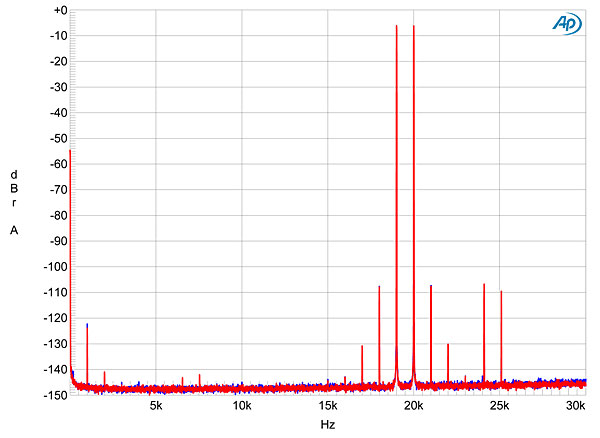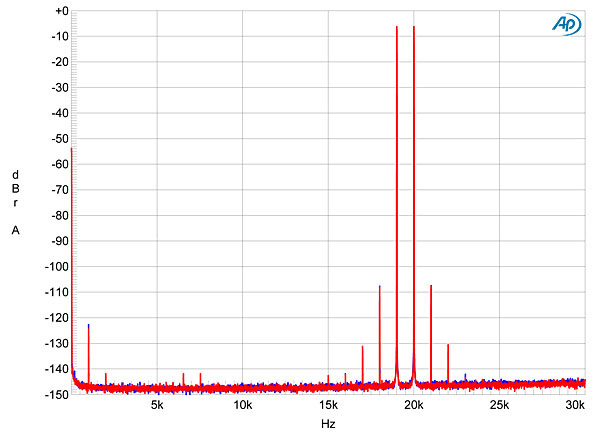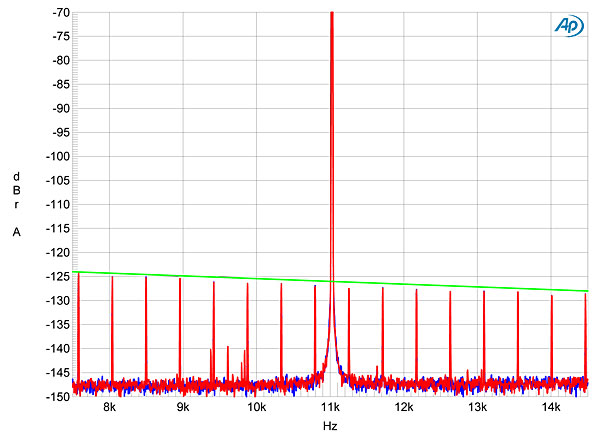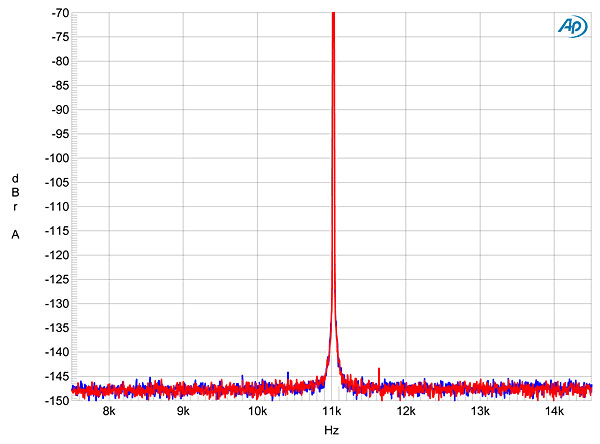| Columns Retired Columns & Blogs |
This could be one that pulls me away from Multibit, very nice measurements JA must be one of the better ones I've seen.
Pity/shame Bryston didn't see fit to include the digital VC that the AKM dac is capable of. Hopefully in the BDA-3 MkII??
"Output Volume (PCM, DSD) The AK4490 includes channel independent digital output volumes (ATT) with 256 levels at 0.5dB step including MUTE. This volume control is in front of the DAC and it can attenuate the input data from 0dB to –127dB or mute. When changing output levels, it is executed in soft transition thus no switching noise occurs during these transitions. It takes 7424/fs from FFH (0dB) to 00H (MUTE). The attenuation level is initialized to FFH by initial reset. Register setting values will be kept even switching the PCM and DSD modes."
Cheers George
